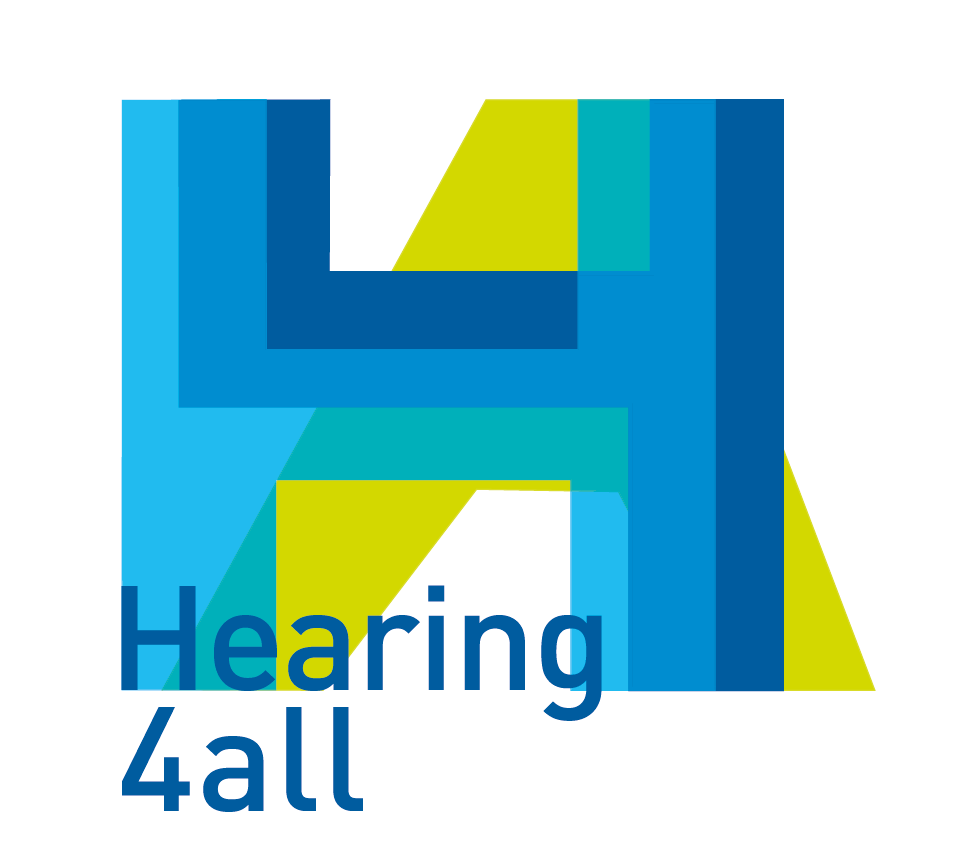Bimodal speech intelligibility: Comparison of actual patients and simulations
A large group of cochlear implant (CI) listeners uses a hearing aid on the ear opposite to their CI. On average, these so called bimodal CI listeners show improved speech intelligibility, sound localization and music enjoyment (Ching et al, 2007) when they use both devices. However, the same study also shows that not all bimodal CI listeners benefit from use of their two devices. The benefit from having two devices might be confounded by the large variability within the CI side (which is most often the better performing ear) or might be related to non-availability of binaural processing. Thus in this study, we compared speech intelligibility scores from actual bimodal listeners with scores from normal hearing (NH) listeners, who listened to a simulation of bimodal hearing (aided hearing impairment and CI simulations). The psychometric function of speech intelligibility was assesed using the German OLSA matrix sentence test with stationary noise either co-located or placed at -90° or 90° from the frontal speech. A combination of an adaptive procedure to measure 50% speech reception thresholds and and a non-adaptive procedure to measure speech recognition scores at a constant SNR was used. CI simulations were noise-like vocoders, which incorporate details of the signal processing in CI speech processors (Williges, 2015). For aided hearing impairment simulation, the Master Hearing Aid (Grimm et al, 2009) was used in combination with a hearing impairment simulation, which accounts for different degrees of audiometric thresholds, loudness recruitment and poorer representation of the speech envelope.
First comparisons between simulations and measurements in actual bimodal listeners show that the bimodal benefit depends on the signal-to-noise ratio and the spatial arrangements of noise and speech. The defined availability of (realistic) cues present within the simulations allowed a systematic analysis in which situations bimodal benefit is present or absent, with minimal confoundings due to inter-subject variability.
The proposed bimodal simulations could help in identifying speech intelligibility tasks, where the bimodal benefit is present, and even be extended towards models of speech intelligibility. [Supported by DFG]
Warning: Use of undefined constant s - assumed 's' (this will throw an Error in a future version of PHP) in /home/spinnluxnr/www/2017/pages/programme.php on line 208


